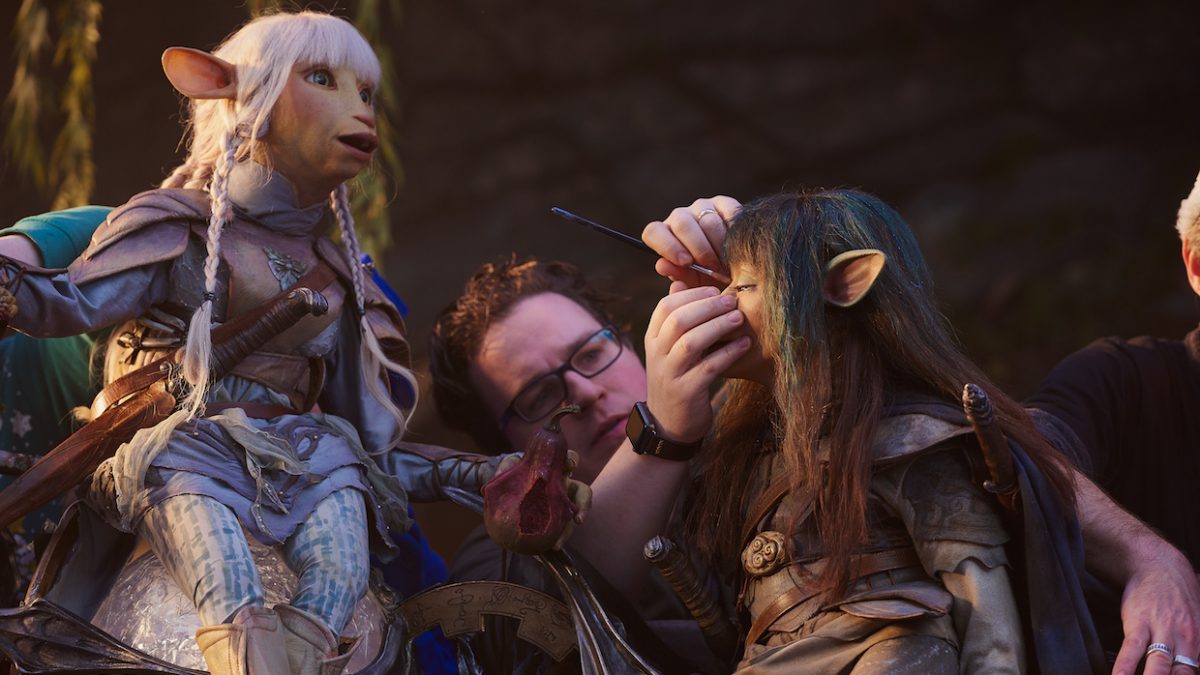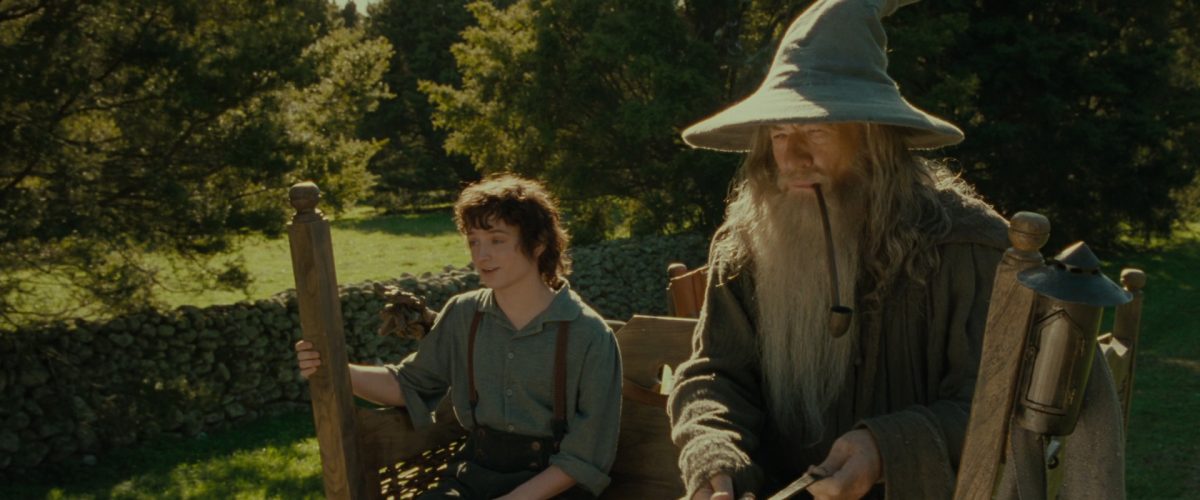As we progress through the semester I came across a column from 2015 that blew my mind. It explains that by putting text on slides I may be overloading my student’s working memory and actually making it harder for them to learn.
The column mentions this study from the 1990s that looked at what happens when information is presented to students verbally and visually. Here is some of the discussion:
“Human cognitive capacity is limited: we can process only a very limited amount of information at any one time. Cognitive load theory assumes that information presented to learners should be designed in a way to reduce any avoidable load on working memory. The experiments of this article were designed to test some ways of avoiding cognitive overload due to learners having to split their attention between text and diagrams.”
General Discussion
A common myth in instructional design is that repetition in any form will help retention and that just simply isn’t what this study found. The two Experiments:
“Experiment 1 demonstrated that the modality effect may be used as a means of negating the problems associated with split-attention. A dual-mode instructional presentations resulted in superior learning compared with instructional materials presented in a split-source, visual-only format due to working memory capacity being enhanced under dual-modality conditions. Three computer-based multimedia instructional formats on theoretical aspects of soldering were compared (Visual text, Audio text, and Visual plus Audio text) using participants without any substantial knowledge of soldering. The Audio text group demonstrated a lower number of reattempts at interactive exercises, a lower subjective rating of cognitive load and higher test performance scores than each of the other two groups.”
General Discussion
My first guess would be that visual plus audio text would be best here. Soldering is a visual activity! But it turns out when learning a new skill it is easy to overload working memory and crowd out information.
“Experiment 2 was performed to test colour-coding of text and diagrams as an alternative technique for circumventing the cognitive load consequences of split attention. Colouring elements of a diagram in the same unique colours as corresponding textual elements was hypothesized to reduce an unnecessary working memory load by reducing search processes. Two computer-based instructional formats in elementary electrical engineering (conventional separate-diagram-and-text and colour-coded-diagram-and-text) were compared. The conventional format included an electrical circuit with a textual explanation written beneath the circuit. The colourcoded format consisted of exactly the same diagram and text, except that by clicking on any paragraph in the text all the electrical elements mentioned in that paragraph and depictions of those elements in the diagram were converted to the same unique colours.”
General Discussion
What was found in the second experiment is that the combination of visual diagrams and text is effective but can still cause overload. So what is the solution? Let’s go back to the original column:
“Eliminate textual elements from presentations and instead talk through points, sharing images or graphs with students.”
Richard Mayer
It will take me some time to work through my current slides and eliminate text but I think the gain will be worth it. I will still keep my text-heavy slides to offer up as notes.




